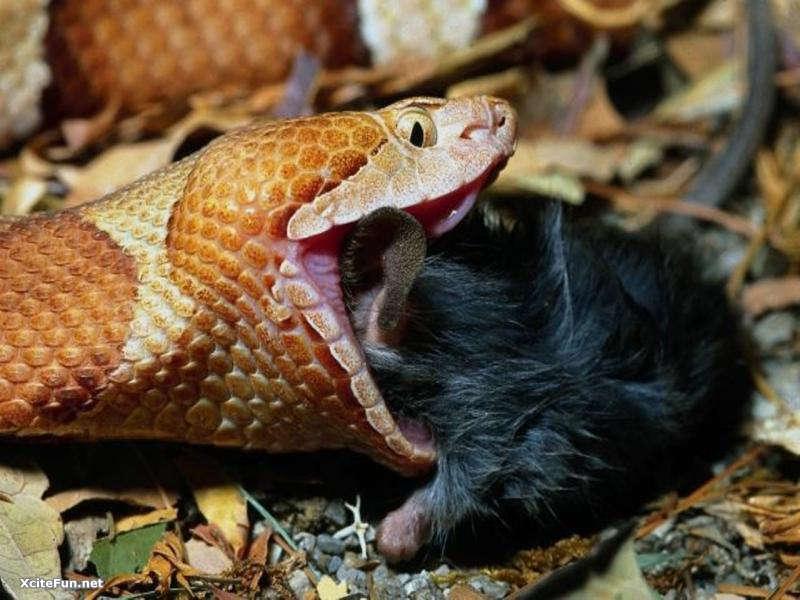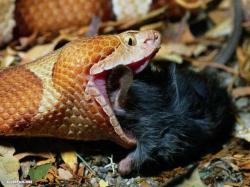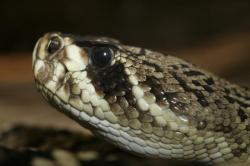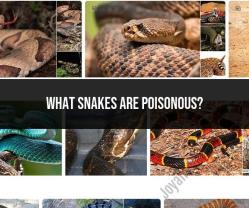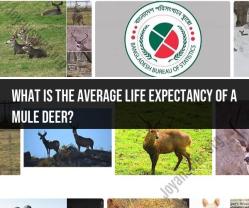What state has the most poisonous snakes?
The distribution of venomous snakes in the United States varies, and different states have their own species of venomous snakes. While many states have venomous snakes, it's important to note that the term "most poisonous" is not accurate. Snakes are venomous, meaning they inject venom through fangs, and the severity of the venom varies among species.
Several states are known for having a relatively high diversity of venomous snakes. States in the southeastern and southwestern regions are often mentioned due to the presence of various venomous species. Here are a few states known for having a notable presence of venomous snakes:
Florida:
- Florida is known for its diverse wildlife, including several species of venomous snakes. This state is home to various pit vipers, such as Eastern Diamondback Rattlesnakes, Timber Rattlesnakes, and Cottonmouths.
Texas:
- Texas has a wide range of habitats, and as a result, it is home to numerous venomous snakes. Rattlesnakes, Copperheads, and Cottonmouths are among the venomous species found in Texas.
Georgia:
- Georgia, like other southeastern states, has venomous snakes such as Timber Rattlesnakes, Copperheads, and Eastern Diamondback Rattlesnakes.
North Carolina:
- North Carolina is another southeastern state with a diverse range of snake species. Venomous snakes found in North Carolina include Copperheads, Timber Rattlesnakes, and Eastern Diamondback Rattlesnakes.
It's important to emphasize that the presence of venomous snakes does not mean that encounters with them are common or that the snakes are aggressive. Most venomous snakes are shy and will generally avoid human contact if given the opportunity. Understanding the types of snakes in your area and practicing safety precautions, such as watching where you step in snake-prone habitats, can help reduce the risk of snake encounters.
If you have concerns about venomous snakes in a specific region, it's advisable to consult with local wildlife authorities, herpetologists, or other experts who can provide information specific to the area in question.
Snake encounters: What state has the most poisonous snakes?
Arizona is home to the most venomous snake species in the United States, with an impressive 19 out of the country's 20 venomous snakes found within its borders. This high concentration of venomous snakes is attributed to the state's diverse habitats, ranging from deserts and mountains to forests and grasslands.
Identifying states with a high prevalence of poisonous snakes and safety precautions for residents
In addition to Arizona, several other states in the United States have a high prevalence of venomous snakes. These states include:
Texas: Texas is home to 17 species of venomous snakes, making it the state with the second-highest number of venomous snakes.
California: California has 13 species of venomous snakes, including the Pacific rattlesnake, the western diamondback rattlesnake, and the northern red-bellied snake.
Florida: Florida has six species of venomous snakes, including the eastern diamondback rattlesnake, the cottonmouth, and the coral snake.
Georgia: Georgia has five species of venomous snakes, including the copperhead, the eastern diamondback rattlesnake, and the pygmy rattlesnake.
Oklahoma: Oklahoma has five species of venomous snakes, including the western diamondback rattlesnake, the copperhead, and the timber rattlesnake.
Residents in these states should be aware of the potential presence of venomous snakes and take precautions to avoid encounters. Here are some safety tips for individuals living in snake-prone areas:
Wear protective clothing: When hiking or exploring areas where venomous snakes are common, wear long pants, sturdy boots, and gloves to protect your skin from potential bites.
Be aware of your surroundings: Pay attention to the ground and watch for signs of snakes, such as shed skin or tracks. Be cautious when moving through tall grass, brush, or rocky areas.
Use a flashlight at night: If you are hiking or camping in areas with venomous snakes, use a flashlight to illuminate your path and avoid stepping on snakes during the night when they are most active.
Avoid handling snakes: Never attempt to handle or pick up a snake, even if it appears to be dead. Snakes can have a reflex bite, even after they are deceased.
Teach children to be cautious: Educate children about venomous snakes and teach them to avoid contact with them.
Tips for individuals living in snake-prone areas on snake awareness and prevention
In addition to following general safety precautions, individuals living in snake-prone areas can take additional steps to reduce their risk of encountering a venomous snake:
Keep your yard free of clutter: Snakes often seek shelter in piles of debris, so keeping your yard clean and free of clutter can help reduce their presence.
Trim bushes and vegetation: Regularly trim bushes and vegetation around your home to eliminate hiding spots for snakes.
Install snake fencing: Consider installing snake fencing around your property to deter snakes from entering your yard.
Seal up any openings in your home: Snakes can enter your home through cracks and crevices, so seal up any openings around your foundation, doors, and windows.
Be aware of pet safety: Keep an eye on your pets when they are outdoors, especially in areas where snakes are common.
Know what to do in case of a snake bite: If you are bitten by a snake, stay calm and seek medical attention immediately. Do not attempt to suck the venom out or apply ice to the bite.
